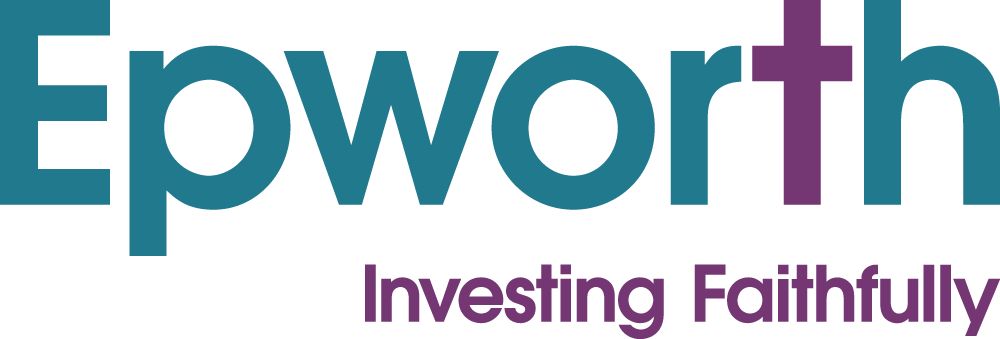
In the first article in this series ‘Children: The Forgotten Constituency in Investment Stewardship’, we introduced the theme of children being a neglected, indeed, absent, constituent for investors when developing responsible investment engagement strategies. We observed that children have been broadly overlooked by investors and fund managers, despite their being a target audience for global business. Children, as we noted, have no agency, little lobbying power, and in the main only secondary financial power via an adult parent or guardian.
In succeeding articles in this series, we intend to take a ‘deep dive’ into some specific areas of concern in which children are impacted, and where listed corporations are an acknowledged and material agent in that impact. Epworth Investment Management wants to explore the significance of these impacts so as to inform a conversation on behalf of clients around children.
In framing the debate, investors can draw upon multiple ‘tools’ that contextualise what it means for children to flourish and develop in the modern world; this article considers some of these and how they enable investors to enrich their own thinking alongside these recognised standards.
The Sustainable Development Goals 1 (SDGs), an ambitious agenda for change adopted by all United Nations member states in 2015, is perhaps the grandest and most significant of these tools. The 17 SDGs are successor Goals to the earlier Millennium Goals adopted in 2000 to eradicate extreme poverty. The SDGs amount to a ‘blueprint for peace and prosperity for people and the planet’. Applicable to all countries - developed and developing - the 17 Goals, supported by 169 underlying targets, are concerned with such things as zero poverty, good health and wellbeing, quality education, clean water and sanitation, climate action, life below water and on land. This ambitious agenda sets a deadline of 2030 for the 17 Goals to be broadly achieved. A caveat: the SDGs were not designed specifically for business or investors. They are an agenda for State actors and other agencies working in the fields articulated by the Goals. Nevertheless, many businesses have adopted specific Goals as part of their approach to sustainability or corporate social responsibility, and disclose where they ‘contribute’ towards making the Goals happen. The same is true for investors. The SDGs provide a robust template for potential engagement, and an acknowledgement that companies, in influencing outcomes, can contribute towards the Goals’ achievement.
Many of the underlying targets are specifically aimed at children and their wellbeing. For instance, Goal 2 ‘Zero Hunger’, addresses children in target 2.1 and 2.2 to end hunger and ensure safe, nutritious and sufficient food all year round, and to end all forms of malnutrition, including stunting and wasting in children under five years of age. This speaks to the role food manufacturers can play in fortifying and re-engineering products and formulas with life-saving vitamins that may otherwise be unavailable through a normal diet. Goal 3 ‘Good Health & Wellbeing’ addresses the needs of children across several targets. For instance, ending preventable deaths in new-borns and children under five in line with international norms. Target 3.4 looks to promote positive mental health and wellbeing. These and other targets speak to the role a range of companies are able to play in developing efficacy around maternal care in the healthcare sector or in mental wellbeing advocacy.
Perhaps the Goal targeted mostly on children and young people is Goal 4 ‘Quality Education’. Supported by 10 targets, the Goal is about access to free and equitable education, building skills for the world of work, and eliminating discriminatory factors that prejudice outcomes for girls. This speaks to companies working in education provision, open access in research, and particularly, supporting corporate responsibility initiatives in the education arena.
One further Goal worth highlighting is 16, a more general governance Goal around strong institutions, in which target 16.2 ambitiously commits to end abuse, exploitation, trafficking and all forms of violence and torture against children. This speaks to an issue we will explore in a later article; the responsible management of extended supply chains in husbandry and manufacturing.
Whilst the SDGs are a gold-standard in ambition and reach, they are not the only tools investors have at their disposal. Over the past two decades there has been significant progress in the ability to benchmark business behaviour and commitments across a suite of Indices built around rigorous data assessment. Two are the Access to Medicines Index 2 and Access to Nutrition Index 3. The former presents encouraging case studies of companies working in developing world communicable diseases that affect millions of children; for instance, Respiratory Syncytial Virus that affects 100,000 children globally, soil-transmitted helminths that affect 900 million children, and pneumococcal disease, the leading cause of death in children under five 4. The Access to Nutrition Index benchmarks companies against the twin issues of malnutrition and obesity by looking at product health, affordable nutrition and marketing to children. Finally, the World Benchmarking Alliance’s 5 Benchmark on Digital Inclusion has a section on keeping children safe and company performance on online safety; a very pressing and timely issue.
Investors need to be taking children’s issues seriously and comprehensively as part of their responsible investment engagement strategies. As we have seen, tools exist to help and inform investors in framing engagement with business and focusing on the most pertinent issues. In the next three articles we will explore some of these issues in more depth.
Online resources:
- THE 17 GOALS | Sustainable Development
- Access to Medicines Index
- Access to Nutrition Index
- 250113_2024-access-to-medicine-index_final (1).pdf
- World Benchmarking Alliance Digital Inclusion Benchmark
March 2025
The opinions expressed in this document are not intended as investment advice and are based upon Epworth’s views and projections at the time of writing. They may change at any time. If you are considering investing in any market, please consult an independent financial adviser or other professional adviser before making an investment decision. The value of investments and the income generated by them can fall at any time. The investment services and products offered by Epworth Investment Management Limited are not suitable for an investor if the possibility of capital losses or reduced income cannot be accepted. The past is no guarantee of future performance.
